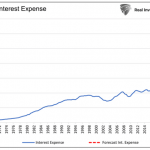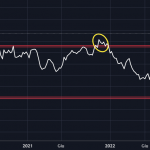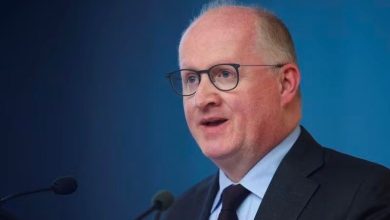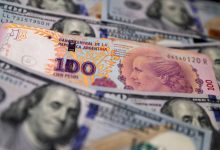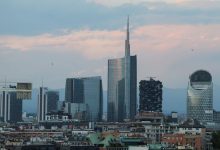Economic growth persists amid rising uncertainty and volatile markets

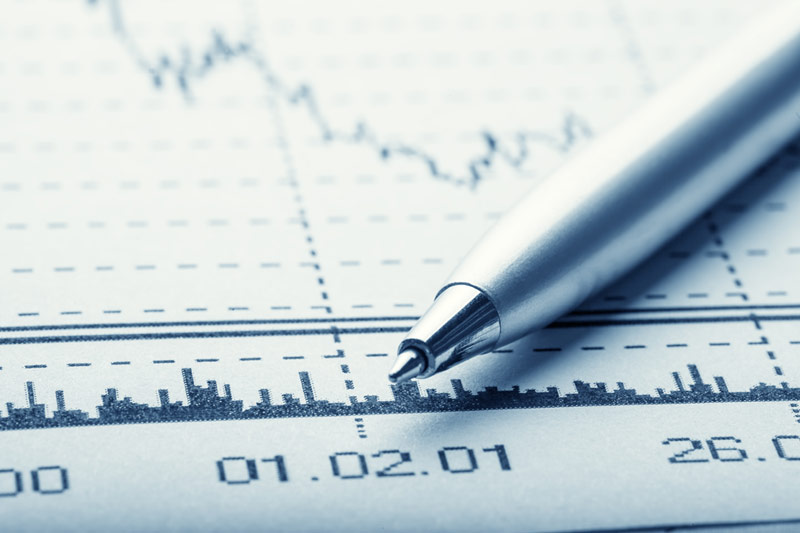
Despite the swift economic growth observed, a sense of uncertainty prevails among economists and investors due to intricate economic indicators, volatile financial markets, and fluctuating consumer sentiment. This uncertainty is further exacerbated by the financial struggles faced by lower-income households, who have been forced to exhaust their pandemic savings and resort to increased borrowing.
As the holiday season nears, the potential impact on consumer spending from the cessation of federal student loan repayments is coming under scrutiny. This change is expected to place additional financial strain on consumers, potentially affecting their spending habits during the typically high-spending holiday period.
The housing market has shown signs of stagnation due to supply constraints and rising interest rates. Record-high average home prices have added to this stagnation, making it difficult for many potential buyers to enter the market.
In contrast to consumer trends, Corporate America has been taking advantage of low-interest-rate periods to increase their borrowing. This trend could have implications for future economic stability if interest rates were to rise significantly.
Adding to the economic uncertainty is the looming threat of a government shutdown. With a funding deadline set for November 17, there are concerns about potential disruptions in government services and their impact on the economy.
Jobless claims have reached lows not seen since February 2020, indicating a strong labor market recovery from the pandemic. However, potential strikes by autoworkers could disrupt this positive trend and add another layer of volatility to the economic outlook.
The recent upswing in interest rates has been another factor contributing to economic uncertainty. Despite this, consumption levels have remained steady, providing some level of stability amidst these turbulent times.



